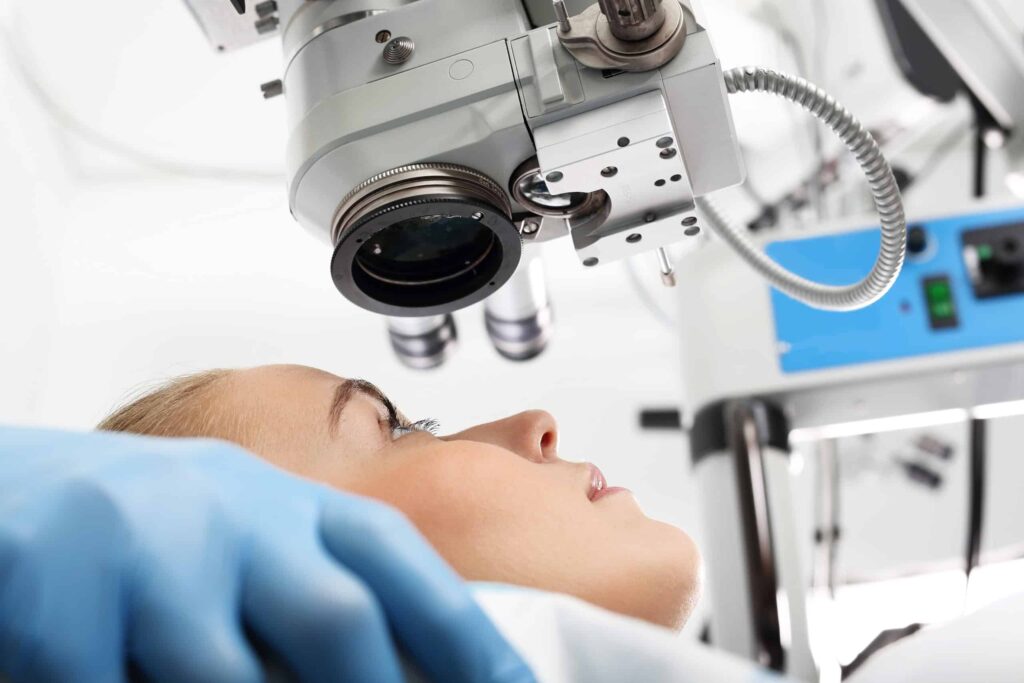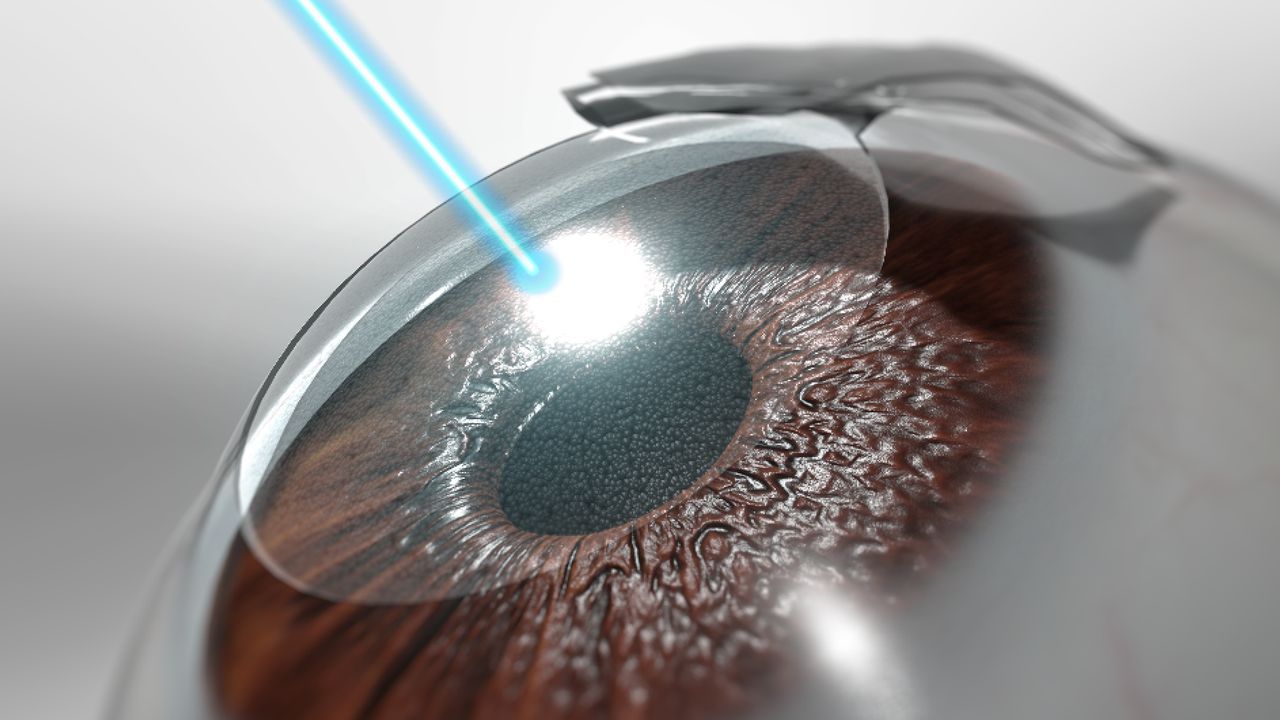Have you ever woken up, reached for your glasses, and thought, “Wouldn’t it be nice to just… see?” You’re not alone. For millions of people worldwide, waking up to a clear view without glasses or contacts feels like a dream. But thanks to advancements in laser eye surgery, that dream has become a reality.
Whether you’re tired of the hassle of fogged-up lenses or just want the freedom to move through life without visual aids, laser eye surgery is changing how people experience the world. And it’s doing much more than just improving eyesight—it’s transforming lives in powerful and personal ways.
Why It’s More Than Convenience
Freedom from Glasses and Contacts
Imagine heading to the beach without worrying about sand in your contacts. Or running through the rain without your glasses slipping down your nose. That’s the kind of freedom laser eye surgery offers.
It’s not about disliking glasses or contacts—it’s about living without limitations. For people who love sports, travel, or just being able to fall asleep without removing lenses, the convenience quickly turns into liberation.
Emotional Impact and Lifestyle Upgrades
Clear vision changes more than just how you see. It changes how you feel.
- Confidence: People often report feeling more confident without frames on their face. No more hiding behind lenses.
- Style and Simplicity: You can wear whatever makeup or sunglasses you like, without prescription restrictions.
- Daily Activities: From swimming to hiking to simply cooking, tasks become easier when you’re not adjusting or cleaning lenses every few hours.
The Long-Term Financial Picture
While the upfront cost may seem high, think about what you spend every year on:
- Prescription glasses
- Contact lenses
- Cleaning solutions
- Annual eye exams
Over a decade or more, those costs add up—often more than what you’d spend on a one-time laser eye procedure.
Life Improvements After Surgery
Seeing the Morning Clearly
One of the most common stories patients share? Waking up and, for the first time in years, seeing the clock across the room clearly. No blurry outlines. No searching for glasses. Just instant clarity. It’s a small moment, but it leaves a lasting impression.
Real-Life Ease
- Parenting becomes easier without worrying about little hands yanking off your glasses.
- Driving feels safer, especially at night, without glare or reflections from lenses.
- Reading menus, signs, or subtitles becomes effortless again.
Laser eye surgery often lifts a daily burden people didn’t even realize they were carrying.
Mental and Emotional Relief
Not depending on eyewear brings peace of mind. For many, it reduces daily stress, improves self-image, and even lifts anxiety related to eye care. You no longer worry about misplacing your glasses or running out of contact solution during a trip.

Understanding the Technology & Safety
What Actually Happens During Surgery?
Let’s break it down simply:
Your eye’s cornea (the clear outer layer) bends light so you can see. If your cornea’s shape is a bit off, it causes blurry vision. Laser eye surgery reshapes the cornea so light focuses properly.
In LASIK, a small flap is created on the cornea, and a laser gently reshapes the tissue underneath. Then the flap is smoothed back into place. It’s quick—usually 15–20 minutes for both eyes—and many people say it feels like a light pressure, not pain.
Is It Safe?
Yes—when done by trained professionals on the right candidates, it’s very safe. Millions of people have had it done with excellent results. Newer technologies also track even the tiniest eye movements during surgery for added precision.
Recovery is usually fast—most people are back to normal routines in a day or two. Vision continues to sharpen over the following weeks.
When It Makes Sense to Consider Surgery
Who’s a Good Fit?
Laser eye surgery works well for people with:
- Nearsightedness (myopia)
- Farsightedness (hyperopia)
- Astigmatism (when your eye isn’t perfectly round)
The sweet spot age-wise is often 20s to 40s, when your vision has stabilized but you’re still young enough to enjoy years of benefits. That said, older patients may also be eligible, depending on eye health.
Not One-Size-Fits-All
That’s why consultations matter. Your eye structure, vision stability, and even lifestyle affect whether you’re a candidate. A trusted specialist will guide you through a series of exams to determine if it’s right for you.
Risks and Considerations
What to Be Aware Of
Like any medical procedure, laser eye surgery isn’t without risks. Most are minor and temporary:
- Dry eyes for a few weeks
- Sensitivity to light
- Seeing halos or glare at night
More serious complications are rare, especially with proper screening and aftercare. It’s important to choose a skilled, experienced eye surgeon and follow their advice closely.
The Importance of Professional Advice
Every eye is different. That’s why personalized care is key. Your doctor will assess your eye health, discuss options, and explain potential outcomes—both good and bad—so you can make an informed decision.
Conclusion: The Life You Can See Clearly
Laser eye surgery isn’t just about tossing your glasses in the drawer. It’s about freedom. Confidence. Comfort. And waking up every morning to a clear view of the world.
If you’ve lived with blurry vision for years, this isn’t just a medical procedure—it’s a transformation. One that affects your health, your happiness, and your ability to live life without barriers.
So if you’re considering it, don’t just ask “Can I do this?” Ask: “How would my life change if I could finally see clearly—every moment of every day?”
Because from blurry to brilliant isn’t just about vision. It’s about living fully, boldly, and with both eyes wide open.


